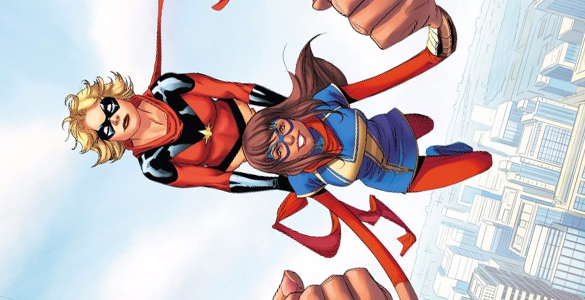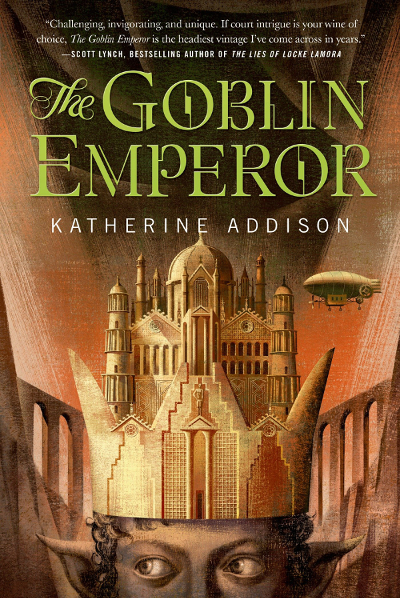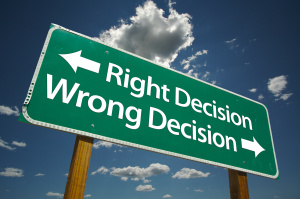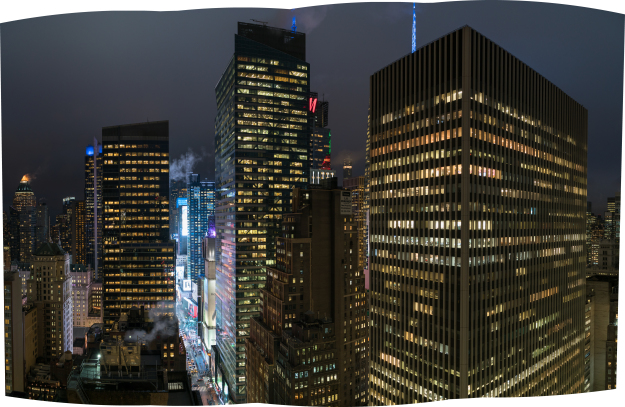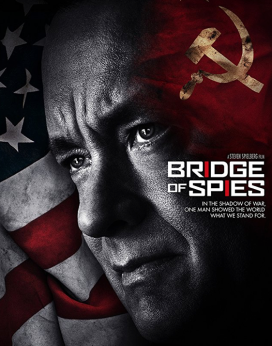 When I first volunteered to “do something on the film Bridge of Spies” for the July meeting of the Cold War Symposium, I knew a film critique would be fun to do, and my audience would learn new information on how to watch a movie. But the military part? I had zero military experience other than watching movies like “Saving Private Ryan” and “We Were Soldiers,” or reading books like Tim O’Brian’s classical work of American Literature, “The Things They Carry.” Family dinners where fathers, uncles, cousins, and brothers expounded on their military stories had added to my meager knowledge. But for the history part of July’s discussion, I would have to draw on experiences from the audience—those that had ‘been there.’
When I first volunteered to “do something on the film Bridge of Spies” for the July meeting of the Cold War Symposium, I knew a film critique would be fun to do, and my audience would learn new information on how to watch a movie. But the military part? I had zero military experience other than watching movies like “Saving Private Ryan” and “We Were Soldiers,” or reading books like Tim O’Brian’s classical work of American Literature, “The Things They Carry.” Family dinners where fathers, uncles, cousins, and brothers expounded on their military stories had added to my meager knowledge. But for the history part of July’s discussion, I would have to draw on experiences from the audience—those that had ‘been there.’
First the film review. Bridge of Spies (2015) takes place during the Cold War. James B. Donovan, played by Tom Hanks, is recruited to defend a Soviet spy (Rudoph Abel, played by Mark Rylance. Hanks is able to avoid the death penalty for his client, but then he helps the CIA arrange an exchange of Abel for Francis Gary Powers, an American U2 spy plane pilot.
The film opens in silence with Rudolph Abel painting a self-portrait. The scene is designed to introduce a theme of the film—how we see ourselves, what we hide from others—and is patterned after Norman Rockwell’s Triple Self Portrait. Donovan is the center of the film as a man for whom ethics prevailed. In an attempt to save Abel from the death penalty, Donovan gives the argument that Abel might be a good bargaining chip later on. And he was, of course, when he was traded for Gary Powers. One of the most powerful scenes is when Donovan refuses to violate attorney-client privilege and to give information on Abel to an FBI agent. “We don’t have a rule book here,” says the agent. Donovan comes back with, “What makes us Americans is we do have a rule book, and it’s called the Constitution.” Their back and forth dialogue on constitutional rights versus security issues gives the viewer plenty to ponder.
Critiques give the film high ratings for historical accuracy in spite of staging oversights like the appearance of satellite dishes on the rooftops in New York. Three former U2 pilots who were in the audience gave a tolerant thumbs-up on directorial decisions that helped the storyline or narrative tension in the film. Col. Retired George Freese, Lt. Col. Retired Jack Stebe, and Brig Gen Retired David Patton (all residents of SaddleBrooke) spoke to their experiences, as much as they could, as U2 pilots. Bill Lay, also of SaddleBrooke and attending the symposium, was the officer in charge at Checkpoint Charlie in Berlin 1961-63. He was present at the exchange of Abel and Powers. No, Abel and Powers did not shake hands at the exchange, as the movie portrayed.
If you would like to read Donovan’s own account, pick up Strangers on a Bridge (Scribner,1964; reissued August 2015), 25-26.
Advertisements Share this: